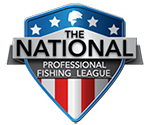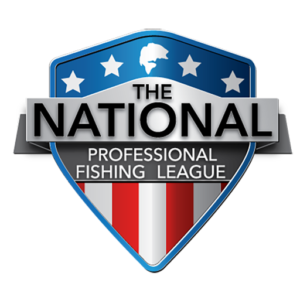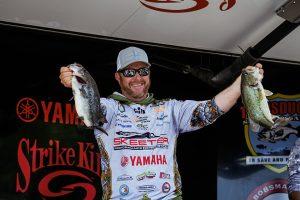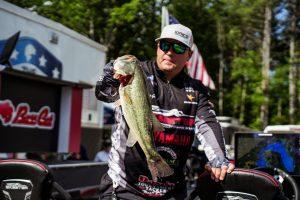Story by Hunter Sales | Photos by Tanner & Travis Lyons
Fall fishing can be a great time to get on the water as the heat of summer slowly starts to wane. Another exciting reason that many weekend anglers enjoy fall fishing is their year-end championship events. Whether we’re talking club classics, team trail championships, or something else, these events can carry some of the largest payouts of the season for many anglers.
All year, tournament anglers focus on getting enough points to qualify for these events and now they’re finally here. The mindset shift between a regular season event and a championship event should be drastic for most anglers as second place prizes are usually significantly lower in the championships. I want to use this opportunity to go over the baits and approaches that I believe will give you the best chance to hoist the trophy and claim the cash!
With the cooler weather comes a migration of baitfish into the creeks, and this can create excellent feeding opportunities. Threadfin shad seem to follow creek channels and hang out over open water longer than gizzard shad, which are more apt to get into shallow water. This can be a key to targeting winning fish in the fall.
While forward-facing sonar has taught us just how many large bass will hang out in open water and feed on balls of bait, there’s no doubt that many of the largest bass in the lake will position to feed on gizzard shad. One of my absolute favorite ways to target a big bite in the fall is by scanning shallow flats looking for signs of gizzard shad. Often you will see them popping the surface or scattering away from your boat. By paying attention to the depth range these large baitfish are in, you can simplify your approaches. For example, if I’m noticing gizzard shad in less than four feet of water on gravel stretches, you can often repeat this pattern on other parts of the lake.
To target gizzard shad eaters, I prefer a large walking bait or oversized spinnerbait. It’s worth noting that while springtime is centered around channel swings and steep banks, the opposite can be true during the fall in many parts of the country. An isolated stump or rock in super shallow water can be enough to hold a kicker-sized bass.
It’s also worth noting that this type of pattern can be difficult to replicate over multiple days, which is why you see so many professional anglers opting to stay offshore during three-day events in the fall as the bite can be more consistent. In a one-day event, however, I believe anglers would be well-suited to pick up a topwater, find gizzard shad up shallow, and try to target five to seven quality bites in a day. While this type of pattern doesn’t require electronics, it always helps to pay attention to your sonar units since some of the best structure can be submerged and out of site. Look for places where gizzard shad can be congregated, such as a small ditch or shallow isolated cover and send me some pictures of your trophies!
Hunter Sales – Angler Profile
Like, Follow & Subscribe: Instagram – Facebook – YouTube





